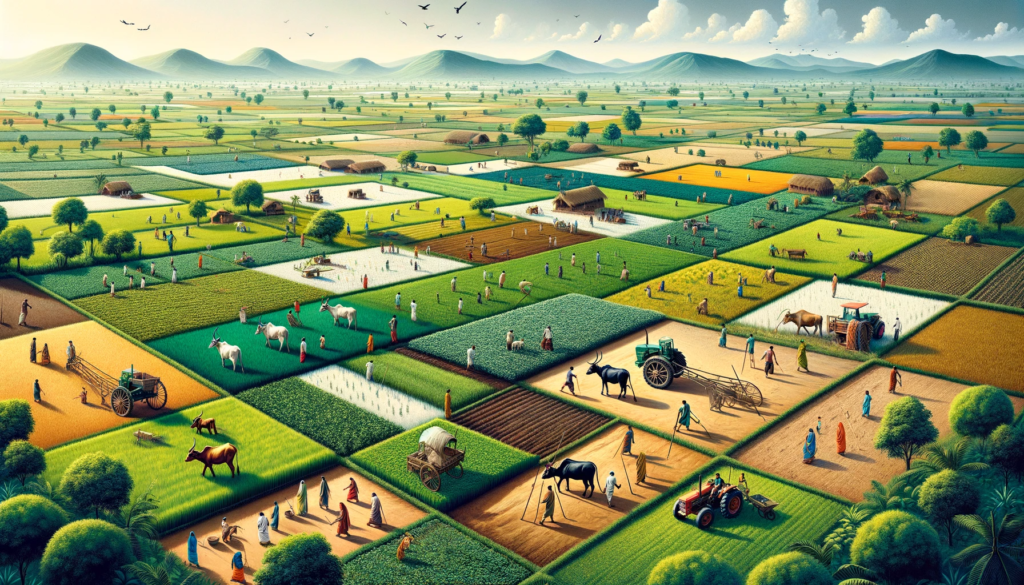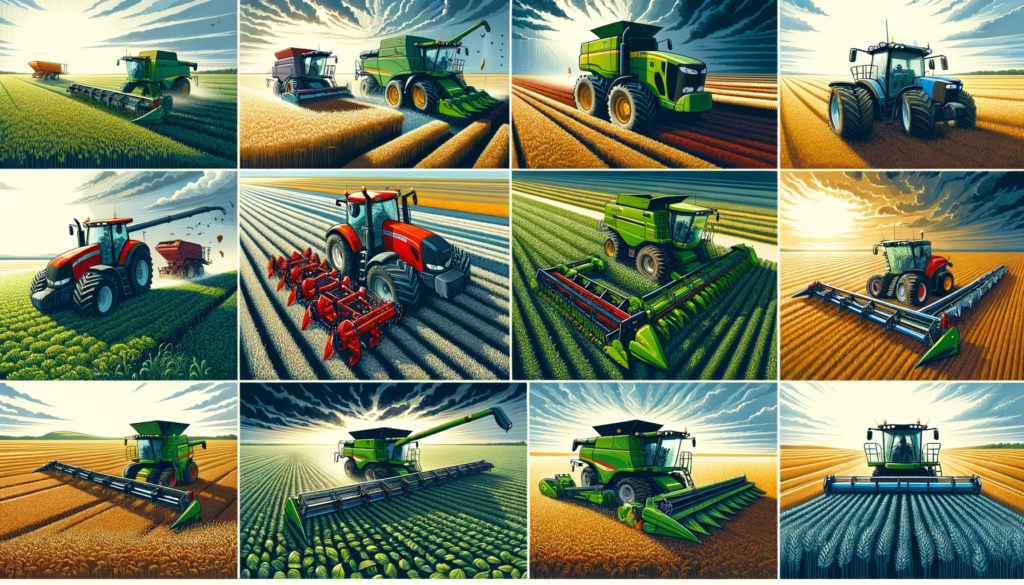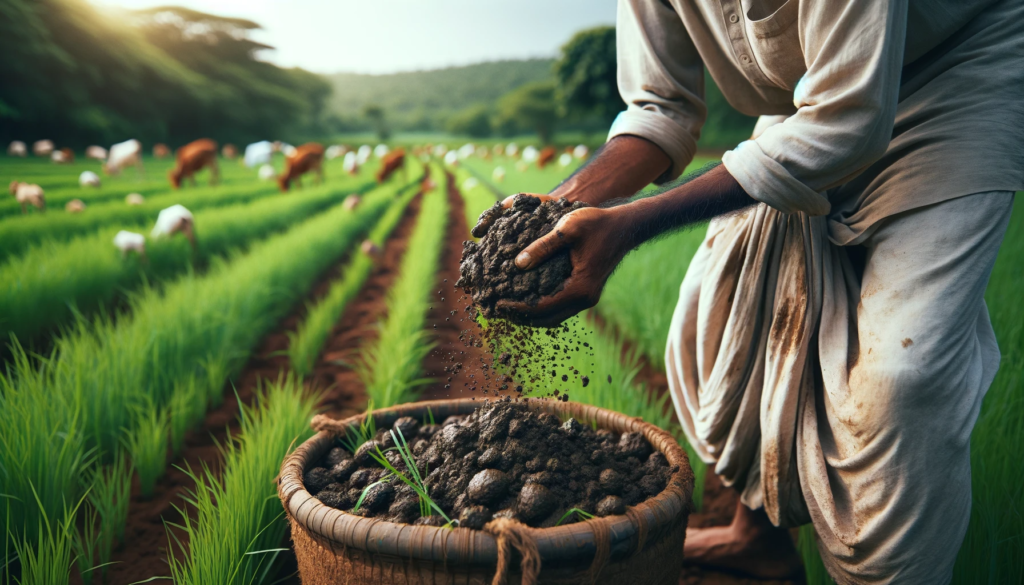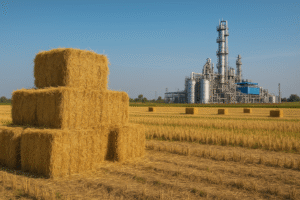India’s agricultural landscape is experiencing a paradigm shift, largely influenced by the government’s initiative – the Sub-Mission on Agriculture Mechanization (SMAM). Aiming to revolutionize traditional farming methods, SMAM stands at the forefront of this transformation, bringing new technologies and practices to the fields of India. This blog offers an insightful exploration into how SMAM, alongside other sustainable practices, is reshaping the future of Indian agriculture.

Section 1: In-Depth on SMAM
At the heart of agricultural reform in India is SMAM. Established with the goal of modernizing agriculture, SMAM assists in distributing advanced machinery to farmers, especially those with smaller landholdings. The initiative has three primary objectives: enhancing the availability of farm mechanization to small and marginal farmers, promoting the concept of ‘Custom Hiring Centers’ for farm machinery, and ensuring active participation of state governments in mechanization-related activities. These objectives are crucial for increasing agricultural productivity and reducing labor costs.

Section 2: No-Till Farming and Farm Forestry – Complementary Sustainable Practices
No-Till Farming/Zero Tillage This method, known for preserving soil integrity and aiding water conservation, is a sustainable alternative to conventional plowing. By eliminating soil disruption, no-till farming reduces erosion, improves soil organic matter, and contributes to a healthier agricultural ecosystem. This practice not only supports the environment but also aligns with SMAM’s vision of sustainable and efficient farming.
Farm Forestry Integrating trees into farming landscapes serves multiple purposes. It supports biodiversity, prevents soil erosion, and offers alternative income sources through timber and non-timber products. Farm Forestry can be a significant step towards achieving ecological balance while maintaining agricultural productivity.

Section 3: Zero Budget Natural Farming (ZBNF)
ZBNF promotes a return to traditional agriculture methods but with a modern twist. By utilizing locally available natural inputs, ZBNF reduces farmers’ dependence on costly fertilizers and pesticides, thereby aligning with the economic aspects of SMAM. This method encourages the use of cow dung and urine, jeevamrutha (a mixture of water, cow dung, and urine, jaggery, pulse flour, soil, and water), and bijamrita (seed treatment solution) to enhance soil fertility and protect crops.

Conclusion
Through initiatives like SMAM, No-Till Farming, Farm Forestry, and ZBNF, Indian agriculture is not just undergoing a transformation; it’s moving towards a more sustainable and prosperous future. The integration of these practices marks a significant step in the journey towards efficient, eco-friendly, and economically viable farming. Stay tuned for Part 2, where we will explore the initiatives enhancing rural employment and introducing novel farming techniques.
Author’s Note
Thank you for joining me in this exploration of India’s agricultural advancements. I hope this blog has provided valuable insights into the dynamic changes underway in Indian farming practices. Your engagement and feedback are always welcome.
G. C., Ecosociosphere contributor.
References





Comments
Your article helped me a lot, is there any more related content? Thanks!
Your point of view caught my eye and was very interesting. Thanks. I have a question for you.
Your point of view caught my eye and was very interesting. Thanks. I have a question for you.
I don’t think the title of your article matches the content lol. Just kidding, mainly because I had some doubts after reading the article.
Your point of view caught my eye and was very interesting. Thanks. I have a question for you.
Your point of view caught my eye and was very interesting. Thanks. I have a question for you.